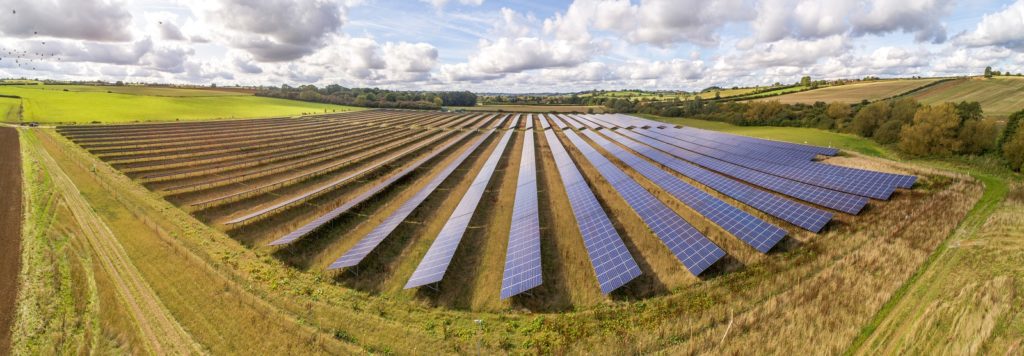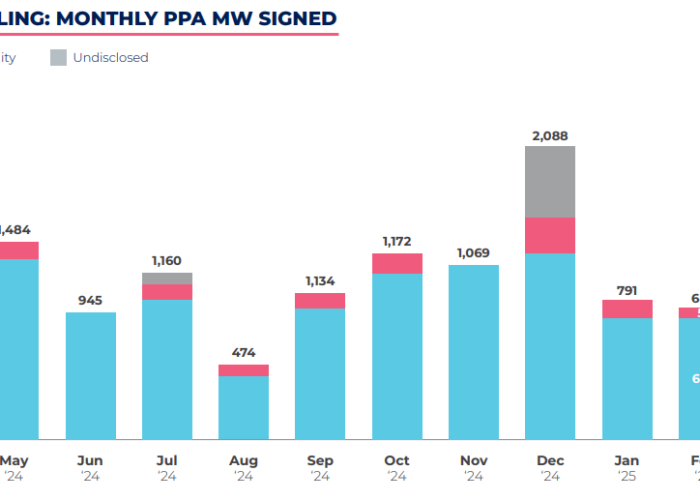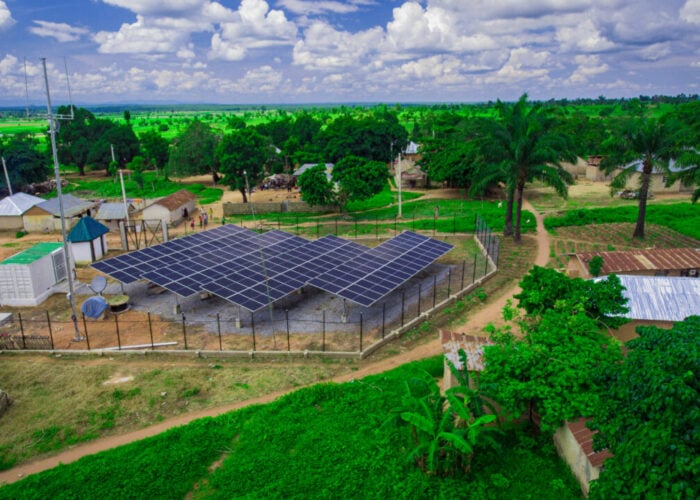
Repowering of solar PV isn’t necessarily at the top of the to-do list for many asset owners, but for those with aging or underperforming assets, there can be a number of benefits to undertaking a repowering process.
PV Tech delved into how repowering can improve the commercial value of PV and what goes into the decision-making process with Simone Mandica, head of Alpha Team at WiseEnergy ahead of an in-depth feature on repowering in the upcoming edition of PV Tech Power.
Unlock unlimited access for 12 whole months of distinctive global analysis
Photovoltaics International is now included.
- Regular insight and analysis of the industry’s biggest developments
- In-depth interviews with the industry’s leading figures
- Unlimited digital access to the PV Tech Power journal catalogue
- Unlimited digital access to the Photovoltaics International journal catalogue
- Access to more than 1,000 technical papers
- Discounts on Solar Media’s portfolio of events, in-person and virtual
Or continue reading this article for free
PV Tech: What benefits can asset owners expect from repowering solar PV?
Simone Mandica: First and foremost, effective repowering increases the commercial value of the asset, enhancing its profitability, makes it more bankable by retrofitting equipment with improved specification and design and extends the plant’s productive lifecycle.
Starting from the assessment of how different scenarios would impact the plant over time, the repowering process should result in the implementation of a solution that delivers to the owner the best enhancement in the asset’s health and condition throughout its lifecycle.
Repowering represents a clear opportunity for owners to modernise their portfolios with the newest technology available, to better integrate the variable solar resource into the electricity grids, for example through the installation of the newest inverters compliant with the latest development in the national grid codes, to harness higher percentages of the solar energy and ultimately achieving a significant economic benefit.
What is the decision-making process behind a repowering project?
The selection and implementation of a revamping plan is usually the outcome of a process which starts with the assessment of the project in its entirety. This includes a review of the historical operational performance, of the equipment, of the engineering design, of the planning and regulatory compliance, and continues with the assessment of how different scenarios would impact the plant over time. Each scenario will correspond to a different technical solution and, among all possible scenarios, the one delivering the best combination of financial performance and technical, planning and regulatory robustness should be selected.
What experiences has WiseEnergy had of repowering solar assets to date?
We have advised many clients on the design and implementation of optimal repowering strategies for their assets. One project which was particularly challenging was the revamping of a portfolio of plants in Italy, in preparation for its sale. The assets had been in operation for nine years or longer and had an aggregate capacity of approximately 100MWp.
Our work started from the review of the plants’ historical operational performance, of the O&M reports and of the results of the tests performed on the equipment to identify the assets for which repowering would be most beneficial. After categorising the plants based on their health and condition, we assessed the feasibility of ad-hoc repowering strategies based on the assets needs. For certain plants performing in line with the long-term expectations and with panels in healthy conditions not showing any sign of excessive degradation, based on the strong financial case resulting from our assessment, we recommended the retrofit of an anti-reflective coating on the glass of the modules to increase the percentage of the solar irradiation which is absorbed. We then managed the application of the coating on approximately 10MWp of panels. For some plants underperforming due to faulty panels, affected by thermal anomalies or general excessive degradation, our feasibility studies were indicating that the case for replacing the modules was very attractive, with IRRs greater than 11 – 12%. Based on these results, we managed the replacement of 12MWp of panels.
Other repowering plans we implemented involved the replacement of out-of-warranty inverters suffering from frequent failure and/or inadequate technical assistance. This was a rewarding project both because of the variety of repowering strategies we could implement and because our subsequent monitoring of the revamping costs and of the plants operational performance has been showing that all interventions have had the predicted high IRRs delivered in practice.
What is the typical length of disruption in completing a repowering project?
The duration of the disruption heavily depends on the type and size of the repowering project. As a rule of thumb, the replacement of 1MWp of panels can be completed in less than 10 days, while the replacement of a central inverters with a new central inverter can be done in one day or two, provided that trenching and re-cabling is not needed. In order to minimise the loss of production, the replacement of the panels can be managed in a way that only the part of the plant affected by the revamping is disconnected from the inverters and therefore from the grid while the rest is still producing. The retrofit of the anti-reflective coating, on the other hand, does not require the disconnection of the plant and therefore the disruption corresponding to the shadow of the machinery applying the coating is almost negligible.
The forthcoming volume of PV Tech’s downstream solar journal PV Tech Power, to be published later this month, includes an analysis of repowering principles for operational solar projects. Subscription options for PV Tech Power and PV Tech Premium can be found here.







